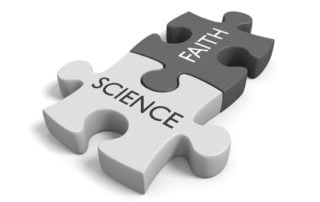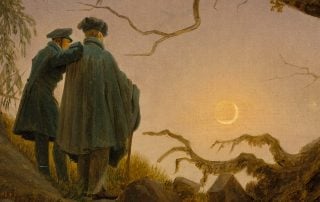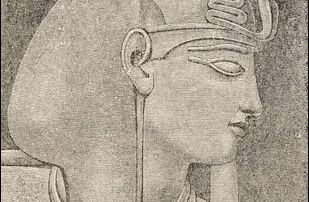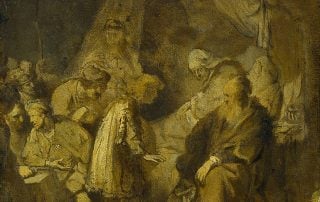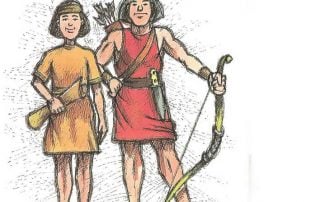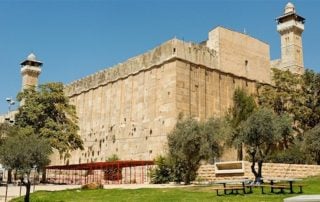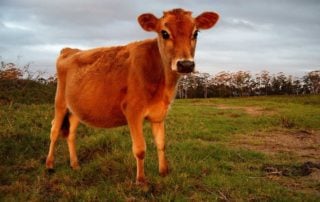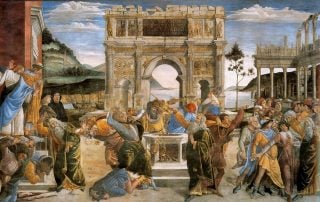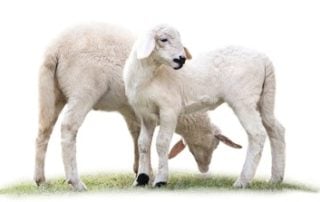Torah – Five Books of Moses
Global or Local?
And let them make me a Sanctuary that I may dwell among them (Ex. 25:8) In modern physics, there are two paradigms usually expressed as locality and nonlocality. Theoretical physics was born when Isaac Newton published his Philosophiæ Naturalis Principia Mathematica in 1687, where he formulated his laws of motion and the universal law of gravity. The law of gravity says that two masses attract each other proportionally to the product of their masses and inversely proportionally to the square of the distance between them. This law said nothing about the nature of the gravitational interaction, it did not explain the mechanism of this attraction at a distance. Newton was bothered by the question of how one body can act on another body far removed from it with nothing in between, i.e., the notion of “action [...]

